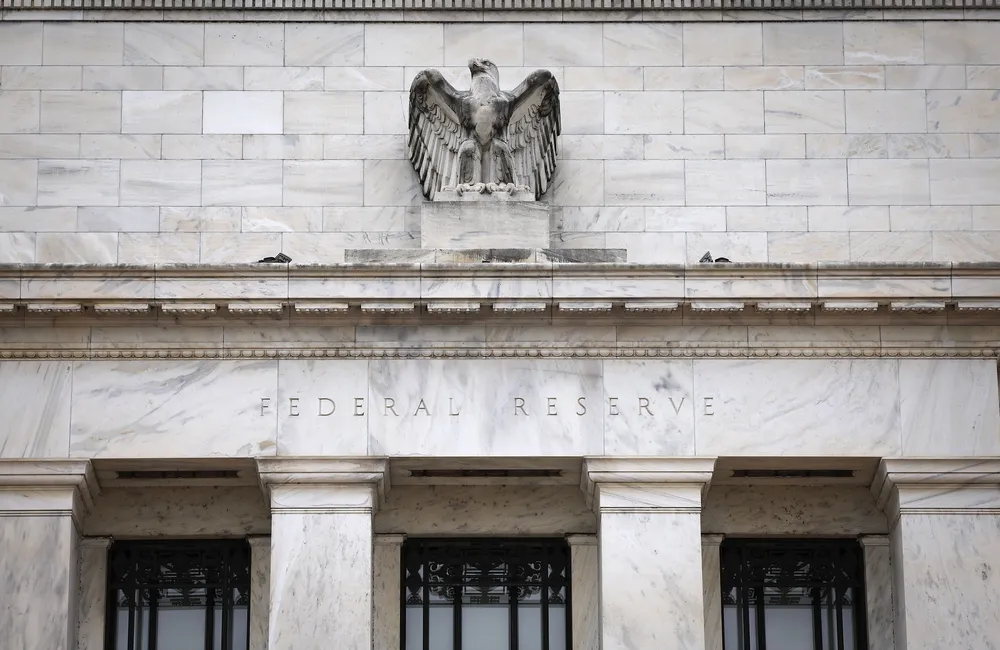No new paperwork is required for anyone with a broker account. This is in stark contrast to the pain of so many unlisted funds, which still have a long and tedious 20-page application process in which you provide certified documents, copies of trust deeds, tax and residency checks, identification procedures... and the name of your dog and favourite colour. Complete sections A, B and G through K if applicable. Who has time for such bother in a digital age?
However, while in business 'friction' is generally a bad thing, there are disadvantages in making selling investments so easy when people overtrade. Larry Fink, the chief executive of BlackRock, tells a story about meeting the manager of one of the world’s largest sovereign wealth funds. The purpose of the fund, he was told, was ‘generational’. “The question is how do you measure performance? Fink asked. Quarterly,” said the manager.
Wendy Wood, a Professor of Psychology and Business at the University of Southern California, writes in her book “Good Habits, Bad Habits: The Science of Making Positive Changes That Stick”:
“Your behaviour is far more driven by what’s easy in your environment than most of us realise. One of the really nice things about putting friction into a behaviour is it persuades you to do something else.”
To prevent bad habits, she says, we must introduce friction, or constraints that make easy, automatic behaviours into costly actions. A few of her tips to cut down on that, is to set our phones to light grey, to dilute the sense of peeking on share prices or overtrading, or deleting apps altogether. It’s best, she advises, to watch business programmes in silence.
To quote Howard Marks in his latest letter to his clients:
“When you locate an investment that compounds over a long-time horizon, the most difficult thing of all is to be patient and stick with it for as long as the prospective return per unit of risk warrants doing so.”
News, emotion, the fact they’ve made a lot of money to date, or the excitement of a different, seemingly more promising idea can easily move investors to sell. When you look at the chart for something that’s just gone up and to the right for 20 years, remember all the times a holder would have had to convince himself not to sell.
One tip to avoid overtrading is to consider investment time and energy. It’s not just the buy and sell process, but the monitoring, accounting, tax returns and performance measurement. Are you enough sold on an investment to care or is it just a punt? Especially now after scaling back exposure to the market this year an investment has to be worthy of my time and attention to justify the effort. You want more friction and I know that sounds counterintuitive to focus, but do you take up too much time checking your prices and trading notationally for marginal winnings?
While I’m a fan of ETFs for the choice, cost and convenience they provide, there are possible pitfalls to using them that you should think about.
Tech Stocks and the Importance of Fundamentals
We have heard enough to know that smaller tech companies without proven revenues are being sold off, and 40% of NASDAQ companies are down 50% from their yearly highs. In times such as this, focusing on companies with resilient balance sheets, pricing power and strong cash flows is a better approach. Roger Montgomery is generally bullish on markets in 2022. But he names the types of companies that will be best placed if there is a selloff.
Rob Lovelace sees strength in company earnings in 2022, too. While he sees some correction after 11 years of the bull, it’s best to ride out the storm by staying invested than trying to guess when to buy and when to sell.
Valuation Metrics in a Hot Market
One of the leftover pieces of a rampant bull market and IPOing companies on a dream is this retreat from judging value on some sort of Price to Earnings (P/E) ratios. A P/E cannot be computed if there is no E (earnings), hence the entrepreneurs have to look for any other merits based on metrics so that they can conduct some description of their business environment Price to Sales (P/S), etc. Instead, an investor must now decide whether there are too many companies trading at a P/E of 20 i.e., paying for 20 years’ worth of earnings now and at the U.S. market level, record-high percentage of companies are changing hands at a P/S of greater than 10. There is no profit and therefore investors are paying for sales.
Global Views and 2022 Surprises
Still abroad, a friend who writes for the BRINK newsletter sent me a worldwide snapshot of what two dozen of their experts think were the surprises of 2021 and the challenges of 2022, and it’s good to read a global perspective at this time of major change.
So no wonder in such a strong market that there were new record levels of IPOs and capital raisings in Australia in 2021. James Posnett rounds up the highlights of 240 new listings including nine with market caps >$1 billion at listing. If the original owners certainly fared well, not all the new investors have. The biggest IPO of the year, fund manager GQG Partners, priced at $2 and is $1.82 now.
Is It Time for Gold?
After a lackluster 2021, is it time for gold to shine again? Jordan Eliseo was looking at gold’s potential as inflation and interest rates rise.
Government Debt and Fiscal Policy
And Michael Collins asks the question we are all asking: how deep can governments borrow? There has to be some limits or else we would not have taxes governments could just borrow enough to cover all spending, and then tell their peoples (and voters!) everything they desire.
This chart published by CoreLogic over the past week provides some context around the tearaway national residential price growth experienced in 2021. It’s easy to forget that prices do go down. Tight lending, introduced as part of the Financial Services Royal Commission saw prices come under pressure for much of 2017 to 2019. So while 2021 was outstanding, some of that was catching up from lost ground in previous years.





















